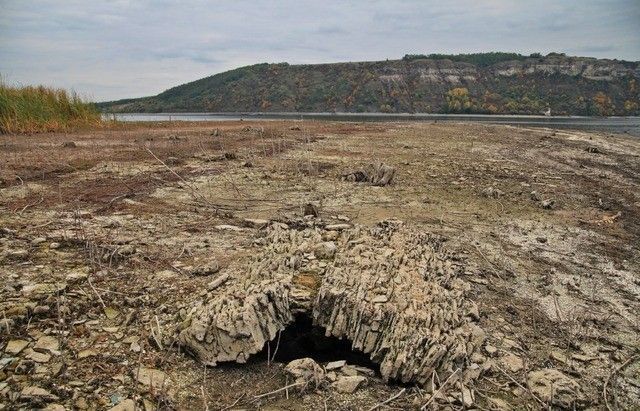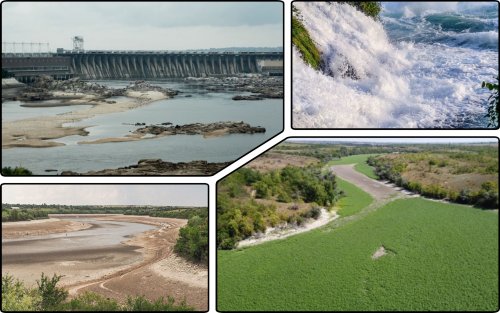The lowering of the Dniester Reservoir reveals secrets that have been hidden by water for decades.
The website of the city of Ternopil 0352, with reference to Dniester 1362, tells about the exposure of the cultural layer on the shore of the reservoir.
The Dniester Reservoir is also called the Galician Sea. In order to fill it in the 1980s, more than 30 settlements had to be flooded. Now the water level has dropped and what remains of them is visible on the surface.
According to the media, the reason for the drop in water levels is the need to regulate the operation of hydroelectric power plants, caused by Russia's attacks on the country's energy sector.
Echoes of the past
For years, the thickness of the water hid the remains of human settlements. Now the coastline of the reservoir is a continuous reminder of the area's past. Here you can find traces of folk architecture, such as the foundations of village houses, fragments of tiles and bricks.
The gravestones that are now visible on land are a reminder of the long-term habitation of this recently flooded land.
"Today, history is resurfacing. This is a rare, albeit alarming moment when the water level recedes, exposing a cultural layer that has been inaccessible for decades," emphasized Dnister 1362.

Photo: 0352.ua
Meanwhile, in the area of the former Kakhovka Reservoir, the Great Meadow is gradually being restored. This was previously reported by EcoPolitic.





